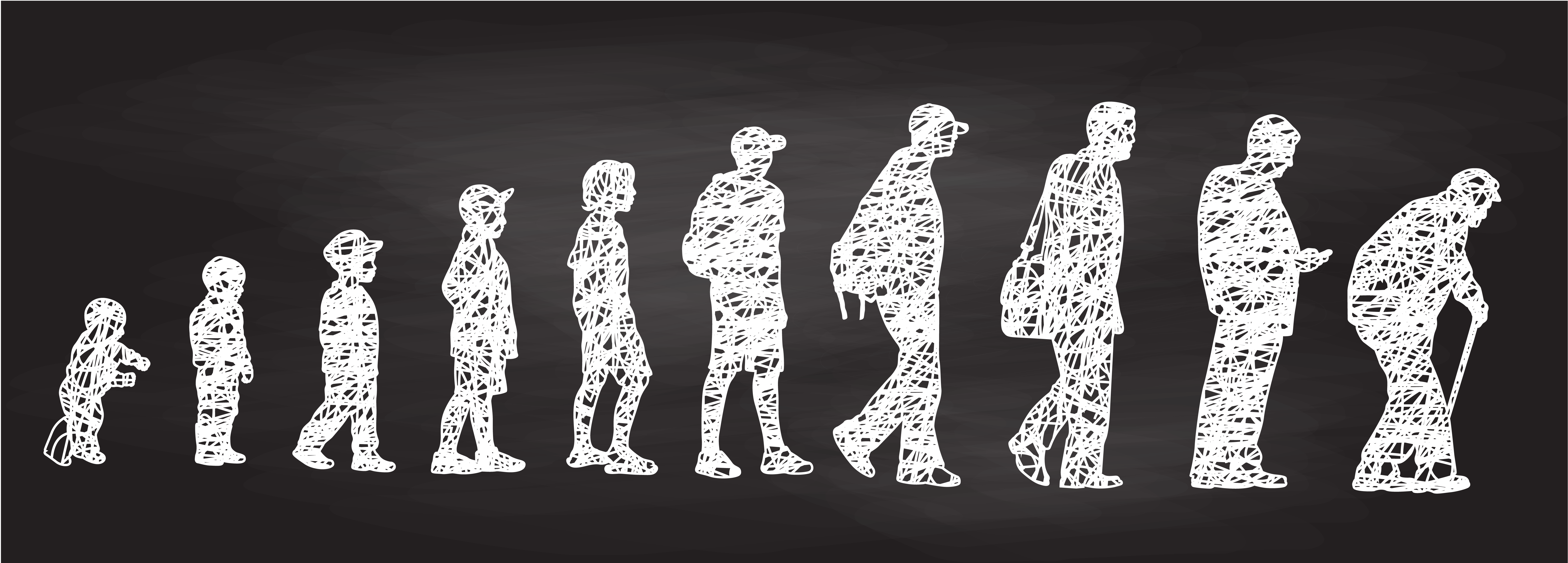Monday, January 6, 2020

by
Prime Concepts
Customer Care is “Growing Up” through Technological Transformation
The Baby Phase
Just under sixty years ago, customer service had an entirely different face – a sort of babyface that was still crawling across the floor with wide-eyed wonder. Back then, you had to physically go to a store and talk with a person face-to-face to get help, purchase an item, or return something. Sure, you could have used your good ole’ fashioned landline telephone for some inquiries, but mostly it was a one-on-one, nurturing approach.
The Toddler Years
It wasn’t long before the customer service baby turned toddler, fumbled around, and began learning how to balance itself. That’s when telephone advancements led to the development of the illustrious call center. These endured past the sale of the first mobile phones.
During that era, consumers didn’t have to make the physical journey to the store. However, they were caught up in the scripted, generic call center customer service loops. Businesses were self-absorbed and not paying as much attention to the customer experience as they were to customer volume. More current data showed that call center experiences were not even close to being tolerable. 57% of people had been so frustrated with phone customer service that they hung up before their issue was resolved. Call centers are still an essential avenue for customers, but that’s a different story.
The Tween Years
By the ’80s and ’90s, the customer service toddler morphed from child to tween. Instead of letting their mother dress them, they were pulling their clothes out of the dresser – discovering their own style. The technology was now a more sophisticated process, capturing buying habits and segmenting demographics. From a self-absorbed perspective to a meta-cognitive state, customer service development became more acutely aware of efficiencies of pricing, product assortment, and better promotions.
Teen Times
Teen years can be the worst! Teens often tend to think they know everything; they make sure you know that they know, and they are reckless. Once customer service strolled into its teens in the ’00s, the data capture and analytics techniques were more sophisticated than ever. During these years, businesses took personal data and used it as if they owned it. To hell with the consequences! Maximizing revenue was the objective, and customer relationships were an afterthought.
Yearning Young Adult
The 2010s have arrived, and customer service is more mature than ever. It is now in the critical development period of adulthood. Successes or failures can strongly affect trajectories. Moreover, significant challenges are arising as the young adult version of customer service seeks independence. The preferred choice is self-service, and customer experience is the new revolution. It’s even got its own name – The Age of the Customer.
Generation Z and Millennials are dominating the consumer world. They’re accustomed to the digital connection, so there’s a shift from full-service to self-service. Consumers don’t want unpleasantly bundled prices, hassles, and poor customer service. In fact, in a global survey, nearly 80% of American consumers say that speed and convenience are what people value most in their customer experience.
Middle-Aged Movement
Once customer service moves into its middle-aged era, we should expect to see customer care and customer satisfaction as the primary driver of marketing department goals. We’ll see real-time responses, complex chatbots, and highly personalized marketing for customers with higher expectations than ever before. Businesses are already currently losing $62 billion through poor customer service simply because customers have higher expectations.
Savvy Senior
Speed and scale are still a challenge for big companies. But as we move into the 2020s, savvy brands will be utilizing technologies to evolve customer service, and old cemented brands will fade away. Brands that ignore messaging features for customer service and beyond will become obsolete. Marketing departments will be merging with customer service departments because social media, review blogs, and app store reviews are putting marketing directly into consumer’s hands. 87% of enterprises have plans to or have already adopted a digital-first business strategy.
Experience shows that the key to successful customer service is better customer care. That means an evolution of customer benefits such as 24/7 care, quicker answers, more straightforward navigation, seamless hand-offs from technology to humans, and ease of convenience. Understanding the impact of how businesses interact with their customers is imperative to a prosperous future.
Do you need more customer service tips and advice? If you’re interested in refining your brand or trouble-shooting your customer service issues, Prime Concepts Group is here to help you! We’ll do the heavy lifting, so you can get back to enjoying results!
Related
Let's block ads! (Why?)